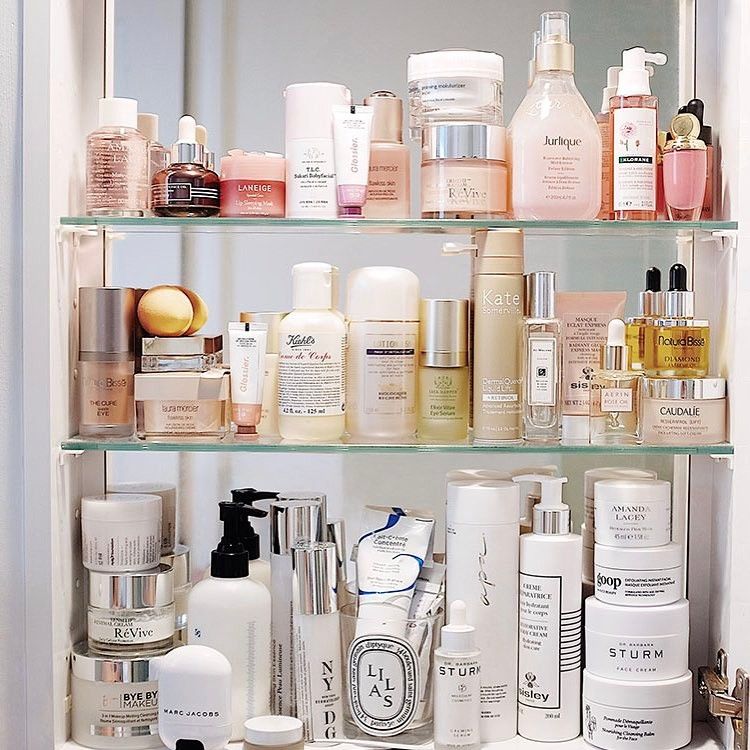
Skincare is a big deal, worth hundreds of millions of dollars in global sales each and every year. But we didn’t need to know about the financials to understand the importance of a proper skincare routine (though it does put into perspective how much money we are willing to spend to get it right!)
However all said and done, getting your skincare routine *just* right shouldn’t mean throwing endless money at the problem. If you follow the best advice, you can enjoy the softest, smoothest, blemish-free skin without spending an arm and a leg.
Here we offer some of the best hints and tips to help improve your skin health.
#1 – Get to know your skin.
Not all skin is created equal, and different skin types have different needs. Therefore, before leaping into buying any products and undertaking any routine, you first need to assess your skin’s needs. There are four “normal” skin types. These types are not a sign of healthy or unhealthy skin; they are just the genetic inheritance we enjoy, along with eye colour, and so forth.
These types are: 1) normal skin, which is well-balanced and so not oily or dry, 2) dry skin, which can look tight and dull, 3) oily skin, which tends to overproduce sebum, giving your face a glossy appearance, and 4) combination skin, which is a mixture of all the above across your face.
#2 – Get to know the order for your skincare
Once you know your skin type, you can buy the appropriate products for your routine. Then, it’s about applying these products in the correct order. The basic order is easy to remember, as you need to cleanse, tone, moisturise and then protect.
Cleansing removes the dirt and debris from the day. Toning treats your skin, helping to balance the Ph value and deal with acne or fine lines problems. Moisturising, as suggested, hydrates the skin., which keeps it supple and strong. Protecting the skin is the most important and the most often forgotten. Protection means applying a product with a high SPF factor to prevent the ageing effects of the sun and other illnesses.
As you and your skin ages, its needs will change. However, if you keep these four fundamentals in mind, you can adapt your routine as you grow older.
#3 – Get into the step by step
With this understanding of the basics in place, let’s go into detail about each of the steps involved in great skincare.
Step 1: Cleansing. Cleansing should always come first as you are removing the residue of the day from your face. There will be a build of grime from pollutants and more on your face, which needs to be removed to keep it healthy.
There are many types of cleanser, and the one you use will depend on your skin type. Whether it’s oil-based cleansers for sensitive skin or foaming cleanser for acne-prone skin, there is a product to suit suit you. Cleansing should be done twice a day, and once a week, you’ll want to exfoliate too.
Step 2: Toning. Toning is optional, and in a quick routine, you can skip straight to moisturise. However, if your skin has challenges or you are prone to sweating a lot, then toning is an essential step.
There are all sorts of toning products on the market, depending on your skincare objectives. For instance, green tea products will soothe irritated skin, whereas alpha and beta hydroxy acids will remove dead cells and prevent dull-looking skin. Apply gentle toners once a day and harsher toners every other day. Use a cotton ball and blot the toner onto your skin.
Step 3: Moisturise. Before you move onto moisturising, be sure to treat underlying problems first. However, once done, you definitely don’t want to miss out on hydrating your skin if you want it to appear strong and supple.
There are as many different moisturisers out there as there are different skin types. Creams are best for dry skin, but a balm is better suited to sensitive skin. Moisturisers need to be used twice a day, morning and night. Night-time moisturisers tend to be heavier although there are gel formulations designed for night use which won’t block pores.
And instead of a regular moisturiser, you may also want to consider getting a moisturing eye cream to take care of the sensitive skin under your eyes. You may also want to use an anti ageing serum after putting on a moisturiser to keep your skin supple and glowing.
Step 4: Protect. Sunscreen, whether we love it or not, is essential in a skincare routine. UV rays cause havoc with our skin, so you should apply it even when it’s dull and cloudy outside and you feel there is no change of sun damage. It’s not just the risk of melanoma but also the accelerated effects of ageing that comes with sun-damaged skin.
MORE – How To Reverse Skin Aging: 7 Long-Term Ways To Look More Youthful
MORE – Sun Damaged Skin Is The Number One Skin Concern In Australia


1 Comment
Yes, completely agree with your perspective. Also, it would be great if your readers check out this New Skincare brand Refresh Skin Science. They have some pretty deals going on!